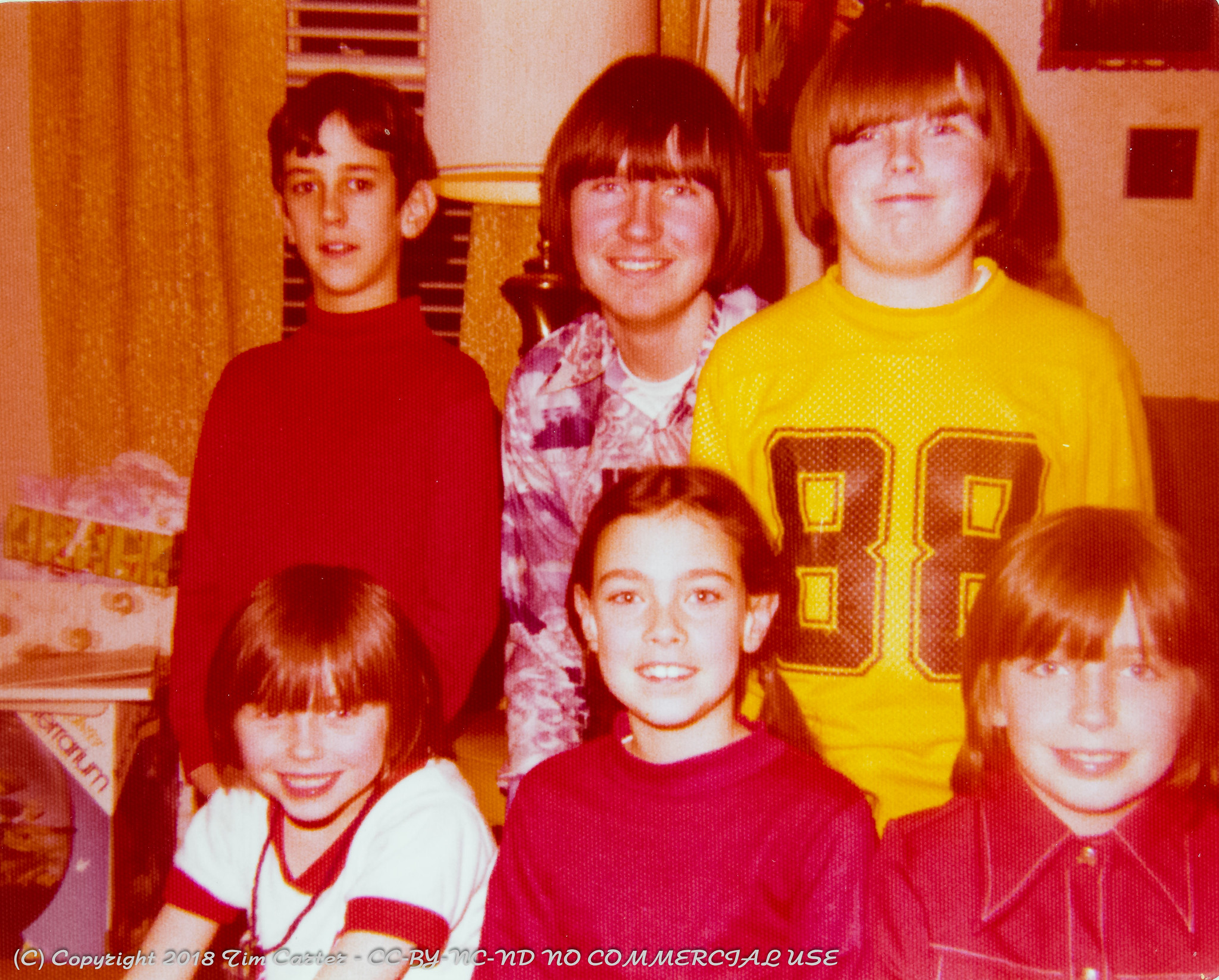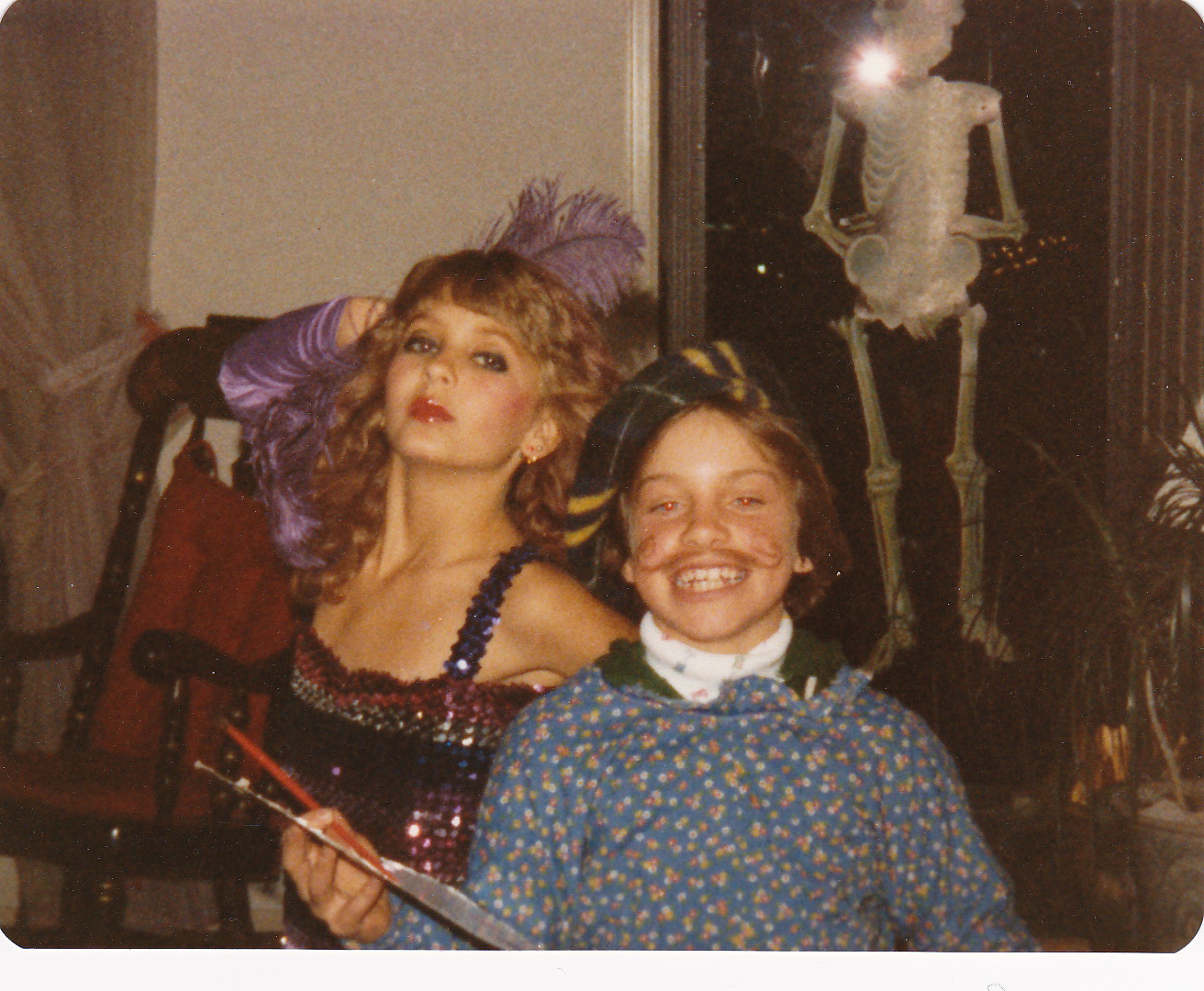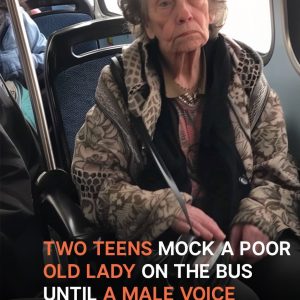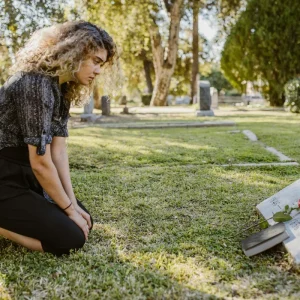
In today’s fast-paced and chaotic society, it’s hard not to feel a pang of nostalgia for the simpler times of the ’70s and ’80s.
I can vividly recall the days spent cruising on my bike, the wind in my hair, and the world stretching out before me. My mom’s call of “be home before it gets dark!” echoed in the background as we roamed free, making memories with friends.
While the ’70s certainly had their imperfections, they feel like a golden age compared to the dystopian nightmare we sometimes find ourselves in today.
As we delve into the evolution of friendship and relationships, it’s essential to recognize how these connections have changed from the ’70s to today. Join me on a journey as we explore the shifting dynamics of love, companionship, and the bonds that unite us, highlighting the nostalgic elements that made the past so special.

The ’70s were a kaleidoscope of ups and downs that crafted the essence of the decade. The crisp scent of freshly cut grass filled the air, and Saturday mornings were dedicated to watching your favorite cartoons.
In the evenings, people enjoyed live musical acts that brought them together. Drive-in theaters were the height of weekend entertainment, and conversations were often carried out over the distinct sound of dial telephones.
And who could forget the vibrant avocado green kitchen appliances or the banana bikes that adorned our neighborhoods? The muscle cars zoomed by, showcasing the power and style of the decade. I would gladly revisit those days in a heartbeat.
Now, let’s explore how relationships have evolved from the ’70s to the present day.
1. Communication Styles
In the 1970s, communication in relationships was predominantly face-to-face or via landline telephones.
The idea of texting or instant messaging was far from reality. Couples often wrote letters to express their feelings or shared moments through phone calls.
The number of households with phones soared to about 95% and this was also the decade when touch-tone phones began to replace the old rotary models, making calls a little more efficient — and a lot less frustrating!
In the 1970s, phone rates were quite steep, so I’ve heard that my family seldom talked to our distant relatives until the night rate became available. When the phone rang during the day, it usually meant bad news.
Today, communication is instantaneous, with social media, texting, and video calls allowing couples to connect regardless of distance. This has led to an increase in both communication and, sometimes, miscommunication, as tone and intent can be easily misconstrued through digital mediums.

2. Dating norms and practices
In the past, if you wanted to date, you really needed to have some solid social skills.
For example, you actually had to be brave enough to chat with strangers — imagine that! Some folks claim dating was a walk in the park back then; you could stumble upon your future soulmate practically anywhere — at school, work, or through friends, and yes, even in the smoky haze of bars and clubs.
Exchanging phone numbers was practically a rite of passage, and if you wanted to make plans, you had to dial their number and hope for the best. No swiping required — just good old-fashioned nerve!
Today, where dating apps like Tinder, Bumble, and Hinge have revolutionized how people meet. Dating in the ’70s often involved traditional roles, where men typically initiated dates and paid for meals – that has definitely changed today!
3. Attitudes and commitment
The concept of commitment has also shifted. In the early 1970s, a remarkable 70% of married men and 67% of married women reported feeling very happy in their marriages, highlighting a time when marital satisfaction seemed to thrive
Back then, there was a strong emphasis on marriage as a significant life milestone.
Couples frequently married young, and divorce was less common, though it was beginning to rise. Today, more young people prioritize personal fulfillment and career development.
Moving in together before marriage has also become widely accepted, with many couples opting to live together before making a lifelong commitment or starting a family.
4. Gender roles and equality
The feminist movement played a crucial role during this era. While the 1970s had its fair share of good times, women still faced a long road ahead for their rights. It was pretty uncommon for women to work outside the home back then. They were often labeled as ”housewives” or “homemakers,” and that was seen as their primary role in society. Roles were divided in the home by sex, not need.
With limited job opportunities, many women found themselves in a tight spot if they separated from their partners. And if they had kids? Forget about it! Employers often asked, ”Who’s watching the children while you’re at work?”
That’s one of the reasons women began advocating for equality, leading to changes in how relationships were viewed and navigated.
Today, the push for equality continues, but there is a broader understanding of diverse relationship structures, including LGBTQ+ partnerships and non-monogamous arrangements.
Gender roles are also more fluid, allowing individuals to define their relationships based on mutual respect and collaboration rather than traditional expectations.
5. Did people have more friends?
Personally, I believe that people in the 70’s had more meaningful friendships than today. Just think about it: no PCs, no cell phones, no CDs or DVDs, and VCRs were a rare luxury.
Car phones were huge and mostly found in limos. There were no flat-screen TVs, cable channels, voicemail, or answering machines — everything was analog.

And 24-hour stores? Forget it! The only ones open all night were a few gas stations and the occasional 7-Eleven. Because of all that, the time spent with friends was much more personal, and I think it really created stronger bonds. Back then, the number of friends you had didn’t matter much — unless, of course, you were vying for the “most popular” title in the high school yearbook!
For me, it was always about the quality and depth of those friendships. There was something special about sharing moments together, just the two of us or in a small group, that made those connections truly meaningful.
6. Social media influence
Back in the ’70s, showing a little love in public was mostly kept to private moments— think sneaky hand-holding and quiet kisses away from prying eyes.
Fast forward to today, and it’s like a whole new world! Now, we’re all about sharing relationship milestones on Instagram and Facebook.
But did you know that the very first social media-like software was actually creatied in 1978. Bulletin Board System was a way for friends to share info and connect with each other. Picture this: you’d dial in with a modem — yep, the kind that made those funny beeping noises! Users could set up groups, share files, and post messages for others to see. It was like the original online hangout spot before social media blew up! How cool is that?
Some people today say that social media “friends” aren’t really friends — kind of like those folks you chat with at a bar.
Someone mentioned that you could disappear from social media for a few months and see how many people actually notice, and that’s a little scary! But on the flip side, it’s also a great and easy way to stay connected with old classmates, family members, and casual acquaintances. It’s definitely a mixed bag with social media.
7. Mental health awareness
Finally, the growing awareness of mental health issues has totally changed how we approach relationships. Back in the ’70s, talking about mental health was often seen as taboo, and people had a tough time expressing their emotional needs.
People often self-medicated, and there was a lot of tolerance for craziness, drunkenness, and sadness in society back then. A lot of people were labeled as “insane,” “lunatic,” or “idiotic” — which, honestly, didn’t help anyone at all. It just added to the stigma.
But today? It’s a whole different ball game. There’s a big focus on emotional intelligence, mental health support, and healthy communication.
Couples are encouraged to seek therapy, have open chats about their feelings, and really prioritize their emotional well-being. Honestly, I think it’s way better nowadays! It’s refreshing to see people take their mental health seriously and build stronger, more connected relationships.

So there you have it! The friendships of the ’70s brought something special to the table: real connections, memorable hangouts, and plenty of laughs without the distractions of modern life.
While today’s friendships come with their own perks, there’s just something about that good old-fashioned bonding that we can’t help but miss!
So, what do you think? Were the friendships of the ’70s truly better? I’d love to hear your thoughts! Let’s chat about it in the comments – and don’t forget to share this article on Facebook!





